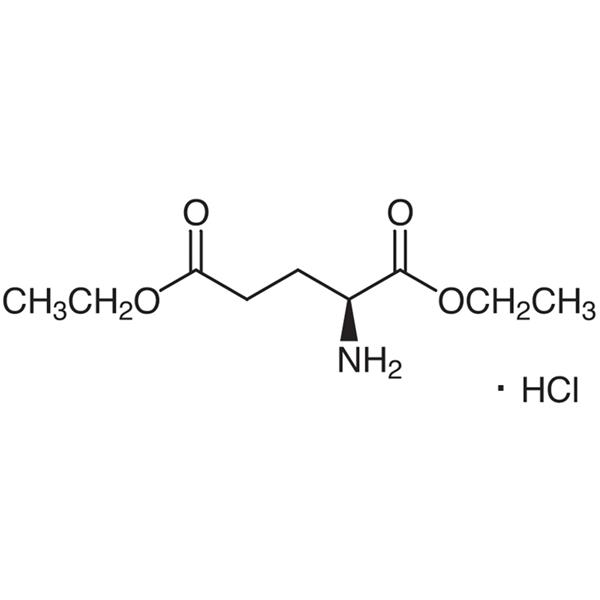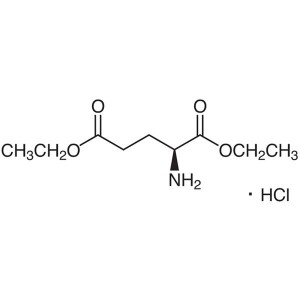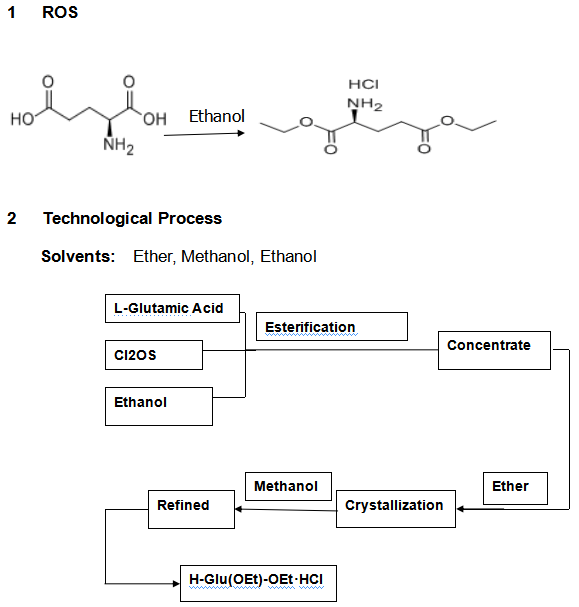H-Glu(OEt)-OEt·HCl CAS 1118-89-4 L-Glutamic Acid Diethyl Ester Hydrochloride Purity >99.0% (HPLC) Factory
Shanghai Ruifu Chemical Co., Ltd. is the leading manufacturer of L-Glutamic Acid Diethyl Ester Hydrochloride (H-Glu(OEt)-OEt·HCl) (CAS: 1118-89-4) with high quality. Ruifu Chemical supplys a series of amino acids and derivatives. We can provide worldwide delivery, small and bulk quantities available. Purchase H-Glu(OEt)-OEt·HCl, Please contact: alvin@ruifuchem.com
| Chemical Name | L-Glutamic Acid Diethyl Ester Hydrochloride |
| Synonyms | H-Glu(OEt)-OEt·HCl; Diethyl L-Glutamate Hydrochloride; L-Glutamic Acid Diethyl Ester HCl |
| Stock Status | In Stock, Production Capacity 300 Tons per Month |
| CAS Number | 1118-89-4 |
| Molecular Formula | C9H17NO4·HCl |
| Molecular Weight | 239.70 |
| Melting Point | 108.0~110.0℃(lit.) |
| Boiling Point | 262℃ at 760 mmHg |
| Density | 1.08g/cm3 |
| Water Solubility | Soluble in Water, Almost Transparency |
| Storage Temp. | Sealed in Dry, Room Temperature |
| COA & MSDS | Available |
| Classification | Amino Acid and Derivatives |
| Brand | Ruifu Chemical |
| Safety Statements | 24/25 |
| WGK Germany | 3 |
| RTECS | MA1252280 |
| TSCA | Yes |
| HS Code | 2922499990 |
|
Items |
Inspection Standards |
Results |
|
Appearance |
White to Off-White Microcrystalline Powder |
Conforms |
|
Specific Rotation |
+21.5°~ +22.5°(C=5, EtOH) |
+22.2°(C=5, EtOH) |
|
Melting Point |
108.0~110.0℃ |
108-110℃ |
|
Loss on Drying |
<0.50% |
0.20% |
|
Water (by K.F) |
<0.50% |
0.21% |
|
300MHZ1H |
Consistent |
Consistent |
|
TLC Analysis |
One Spot |
Eligibility |
|
D-Isomer |
<0.20% |
Not Detected |
|
Assay |
>99.0%min |
99.5% |
|
Solubility in H2O |
Colorless, Clear, 50 mg/mL in H2O |
Pass |
|
Conclusion |
Conforms to the Enterprise Standard |
|
|
Main Usage |
Amino Acid Derivatives; Pharmaceutical Intermediates |
|
I. Inspection procedures
1. Melting point
Digital melting point instrument is used
Step 2: Content
2.1 Reagents
Step 1: Formic acid
2. Glacial acetic acid
3. Perchloric acid standard titration solution (C=0.1000mol/l)
4. Crystal Violet indicator liquid: 5g/l.
2.2 Instruments and equipment
1. Beaker 150ml
2. Microburet: 10ml
2. 3 Analysis steps
2. 3. I accurately weigh about 300mg of the sample pre-dried at 105℃ for 3h, put it into a 150ml bethel, add 3ml of formic acid, add 50ml of ice acetic acid, add 2 drops of crystal violet test solution (TS-74), and titrate with 0.1mol/L perchloric acid until the green end point or until the blue completely disappears.
2. 3. 2 Calculation method
X is equal to C (V1-V2) times 0.2042 / M times 100
C is the concentration of perchloric acid standard titration solution, expressed in moles per liter (mol/l).
V1 is the consumed volume of perchloric acid standard titration concentrated solution in sample titration, expressed in ml (ml).
Volume consumed of perchloric acid standard titration solution in V2 blank test, expressed in ml (ml)
0.2042 and 1.00ml perchloric acid standard titrated concentrated liquid phase when the quality of this product is expressed in G
M The quality of the sample, expressed in grams (g).
2. 4 Correction
If the room temperature difference between the titration test solution and the calibration perchloric acid standard solution exceeds 10℃, it should be re-calibrated; Otherwise, the concentration C1 of perchloric acid standard solution shall be corrected according to test (2).
C2= C1/1+0.0011 (t1-t2)
1+0.0011 is the expansion coefficient of glacial acetic acid
The unit of room temperature for T2 calibration of perchloric acid is Celsius (° C).
The unit of room temperature in which a sample is titrated is Celsius (° C).
C1 t2℃ perchloric acid standard solution concentration, in moles per liter (MOL/L)
3. Dry and weightless
3.1 Instruments:
Thermostatic drying oven, 1/10,000 balance.
3.2 Procedure:
Take 1-2 grams of samples (accurate to 0.5mg) and put them into a pre-dried constant-weight and weighed weighing bottle. The samples will have uniform thickness at the bottom of the weighing bottle. As for the samples, they will be dried in a (105±5℃) thermoelectric oven to the constant weight.
3.3 Calculation
X is m minus m1 divided by m minus m2 times 100
Where: X- moisture content %
m1 -- Weight of dry sample plus measuring bottle g
m2 - Measure the mass of the bottle g
m- The weight of the sample g
3.4 Points for Attention
1. Points of attention: 1. Parallel samples must be made for drying and weightlessness. One sample has two results, and the error between the two results is no more than 0.5%.
2. Weighing must be careful, accurate to 0.0001.
4 to the rotation
4.1 Principles
Plane-polarized light passing through a liquid or solution of a compound containing some optical activity (that is, an optically active substance) can cause optical rotation, causing the plane of polarized light to rotate to the left or right. The number of degrees of rotation is called optical rotation. At a certain temperature (usually expressed by t, can be 20℃ or 25℃) a certain wavelength of light (yellow sodium light with D, wavelength λ 589.3nm) polarized light through each milliliter containing 1g optical activity material, the thickness of 1dm (that is, 10cm) solution when the rotation is called specific optical rotation.
4.2 Requirements
The D line of sodium spectrum (589. 3 nm) was used to measure the tube length of 1dm and the temperature was 20℃.
4.3 Instruments
4.3.1 Digital autotropy (accuracy ±0.001°)
4.3.2 Electronic balance (accuracy 0.0001g).
4.4 Operation Method
Take 3g of this product, accurate to 0.0001g, put it in a 100ml volumetric bottle, add ethanol to dissolve and dilute it to the scale, shake well. Rinse the measuring tube with a small amount of the liquid for several times, and then slowly inject the liquid into the measuring tube (do not make bubbles occur), place the measuring tube in the gyroscope for detection, and read the optical rotation reading for 3 times in parallel.
4.5 Calculation
The specific rotation of L-glutamate Diethyl carbonate to sodium spectrum D-line at 20℃ [Alpha]D20 was calculated as follows:
[ɑ] D20 = alpha/m
Where: α -- average number of cubic rotation readings;
m -- sample quality.
4.6 Allowable difference: The absolute difference of the same sample shall not exceed 0.02% when measured twice.
4.7 Precautions
4.7.1 Solvent should be used as blank calibration before each measurement: After measurement, calibration should be made again to determine whether zero point changes during measurement. If there are any changes, the optical rotation of the sample should be determined again.
4.7.2 The sample should be clarified after dissolution and dilution; otherwise, it should be filtered.
Step 5 Appearance
The product shall be White to off-white microcrystalline powder
Package: Fluorinated Bottle, Aluminum foil bag, 25kg/Cardboard Drum, or according to customer's requirement.
Storage Condition: Store in sealed containers at cool, dry and ventilated warehouse away from incompatible substances. Protect from light and moisture.
How to Purchase? Please contact Dr. Alvin Huang: sales@ruifuchem.com or alvin@ruifuchem.com
15 Years Experience? We have more than 15 years of experience in the manufacture and export of a wide range of high quality pharmaceutical intermediates or fine chemicals.
Main Markets? Sell to domestic market, North America, Europe, India, Korea, Japanese, Australia, etc.
Advantages? Superior quality, affordable price, professional services and technical support, fast delivery.
Quality Assurance? Strict quality control system. Professional equipment for analysis include NMR, LC-MS, GC, HPLC, ICP-MS, UV, IR, OR, K.F, ROI, LOD, MP, Clarity, Solubility, Microbial limit test, etc.
Samples? Most products provide free samples for quality evaluation, shipping cost should be paid by customers.
Factory Audit? Factory audit welcome. Please make an appointment in advance.
MOQ? No MOQ. Small order is acceptable.
Delivery Time? If within stock, three days delivery guaranteed.
Transportation? By Express (FedEx, DHL), by Air, by Sea.
Documents? After sales service: COA, MOA, ROS, MSDS, etc. can be provided.
Custom Synthesis? Can provide custom synthesis services to best fit your research needs.
Payment Terms? Proforma invoice will be sent first after confirmation of order, enclosed our bank information. Payment by T/T (Telex Transfer), PayPal, Western Union, etc.
L-Glutamic Acid Diethyl Ester Hydrochloride (H-Glu(OEt)-OEt·HCl) is a derivative of L-Glutamic Acid, widely used in pharmaceuticals, food and cosmetics industry, nutrition supplement, biological growth promoter. H-Glu(OEt)-OEt·HCl is used as an organic synthesis intermediate and pharmaceutical intermediate. H-Glu(OEt)-OEt·HCl plays an important role in pharmaceutical field.
-
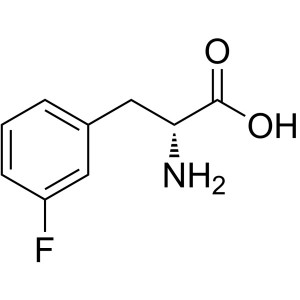
3-Fluoro-D-Phenylalanine CAS 110117-84-5 H-D-Ph...
-
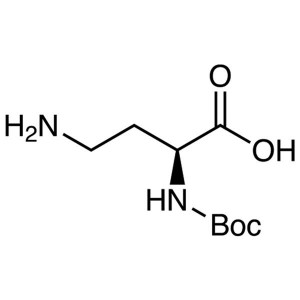
Boc-Dab-OH CAS 25691-37-6 Purity >99.0% (HPLC) ...
-
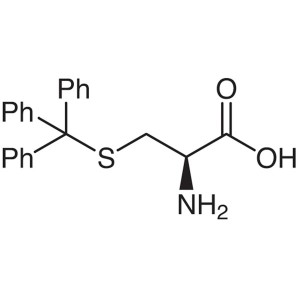
H-Cys(Trt)-OH CAS 2799-07-7 S-Trityl-L-Cysteine...
-
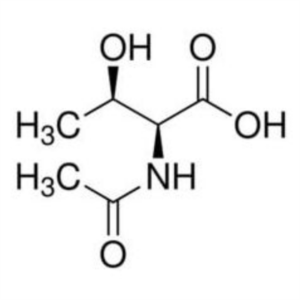
Acetyl-L-Threonine CAS 17093-74-2 Assay ≥98.0% ...
-
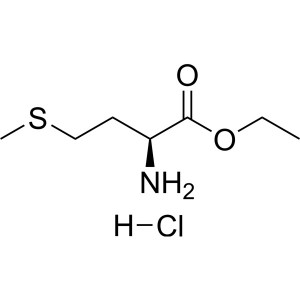
Ethyl L-Methioninate Hydrochloride CAS 2899-36-...
-
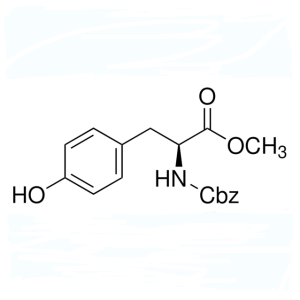
Z-L-Tyrosine Methyl Ester Z-Tyr-OMe CAS 13512-3...

